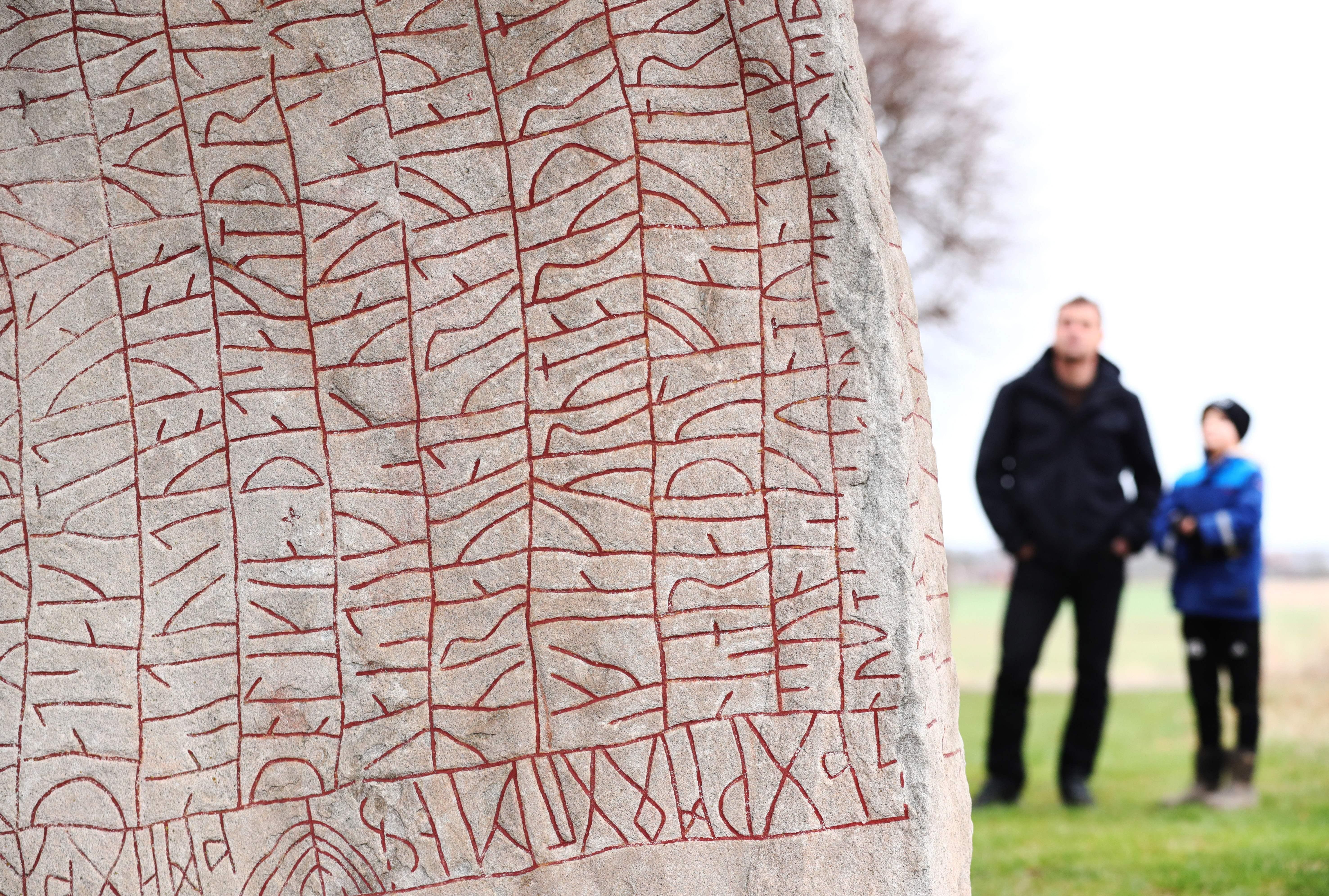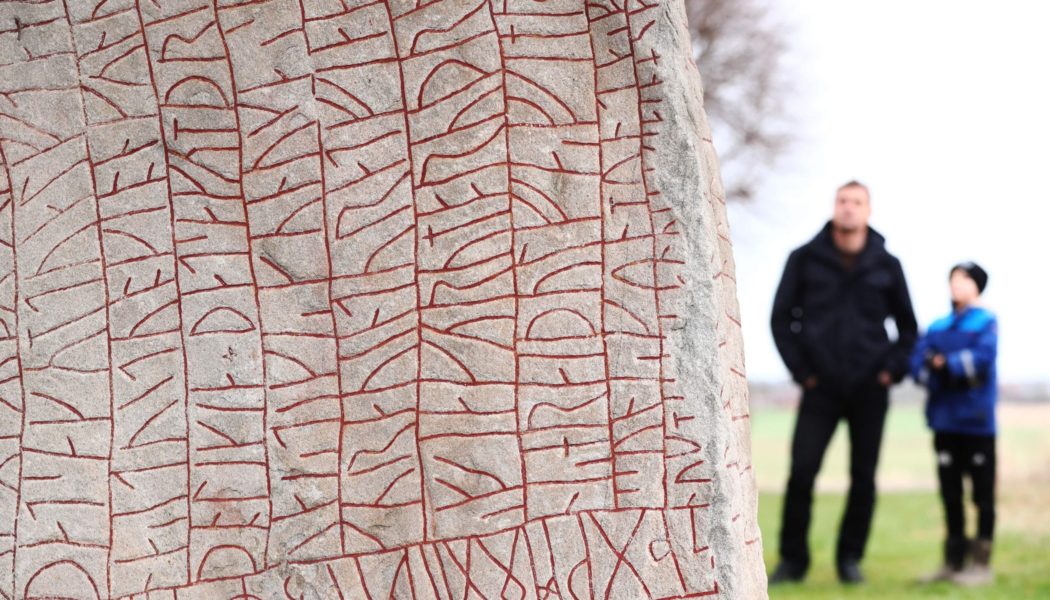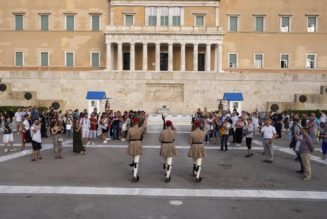
With hit TV shows and recent archaeological finds, the Viking Age is enjoying a resurgence of interest. Although Norway and Iceland are arguably best associated with the era in the minds of many, Sweden is well worth a look for the curious traveler.
While Norway is home to many stunning longship grave discoveries and Iceland has the sagas, Sweden has the remarkable runestones and remains of key trading posts from the time.
Start in Stockholm
Sweden’s capital city Stockholm is the best place to start on any Viking-themed itinerary in Sweden. The museums here give you a grounding in the history and archaeological discoveries from the era that will enrich your further travels.
Leafy Djurgården plays host to the Viking Museum, full of interactive exhibits that feature people from the Viking Age telling their stories. In the summer, the museum experience is further enhanced by saga readings, poetry recitals, games, and arts and crafts.
Complete your Viking Age education at the nearby Swedish History Museum. The museum’s permanent exhibition, The Viking World, features thousands of objects from archaeological discoveries across Scandinavia. Highlights include iron helmets, weapons, silver and runestones.
The Viking musem on Djurgarden island is the ideal place to start your Viking Age travel experience … [+]
Reward yourself for the time spent learning by an evening visit to Aifur, the Viking-themed bar in the heart of Stockholm’s old town, Gamla Stan. The underground bar and restaurant goes all-in on the Viking theme, from the special welcome for pre-booked diners to the menu that features reindeer, root vegetables, traditional ales, and even mead.
Runestone trail
Your Stockholm experience won’t be complete without a tour to the area surrounding Lake Vallentua, north of the capital. For it’s here that the world’s highest concentration of Viking Age runestones have been discovered.
Various interpretations of the famous Rök stone include a Viking struggling to cope with the death of his son, channeling his emotions into a sprawling text. Another recent interpretation suggests local people fearing a period of extended cold.
To improve the experience for visitors, local authorities have created The Rune Kingdom (Runriket), which includes nine of the best and most important runestones along a 22-mile trail.
Each runestone is well marked and has explanations in multiple languages, while the trail also features medieval churches, picnic areas and a stone formation that may have been a meeting place in Viking times. Guided tours are available, but it’s just as easy to visit the sites independently with a car.
Viking Village at Birka
Up to 1,000 people are believed to have lived in Birka during its heyday. With roots tracing back to the year 750 CE, Birka was a thriving trading hub and considered to be the birthplace of Viking Age Sweden.
Viking history is the primary attraction on Björkö island in Lake Malaren, near Stockholm, Sweden.
Its location on the island of Björkö, just outside Stockholm, gave Birka the ideal location to trade goods with places as far away as the Russian steppes and parts of Asia. Hundreds of islands to the east gave Björkö a natural protection and plenty of advance warning of trouble.
Towards the end of the Viking Age, Birka’s significance as a trading post dwindled fast, so much so that it all but disappeared from the map. Its rediscovery in the 19th century including the remains of a fortress, a shipyard, longhouses, and thousands of graves has given us a precious glimpse into life more than 1,000 years ago.
Visitors to modern Birka can explore a Viking village, reconstructed based on the archaeological finds. The archaeological sites themselves can be explored on guided tours, while the ‘Buried at Birka’ exhibition brings the Viking Age to life through the stories of four individuals.
The best way to get to Birka is on a return boat trip from Stockholm, which only adds to the experience of discovering more about the seafaring people. The good value $45 ticket includes the return boat trip, entry to the museum and a tour of the archaeological fields.
Gotland
Known as a popular summer vacation island for Swedes, Gotland is a large island located off the east coast of Sweden in the Baltic Sea. The discovery of the Spillings hoard, the world’s largest collection of Viking treasure, sparked renewed interest in the island’s Viking past as another important trading center.
Today, Gotland is home to a museum, reconstructed Viking Age farms and many graveyards and runestones from the era. Start your journey at the Gotland Museum in Visby, a charming UNESCO-listed medieval town.
Brothers Arvid (L) and Edvin Sandborg (R) show off some of the 1,000+ 10th century Arabic silver … [+]
In the southeast of Gotland, the reconstructed Viking village Stavgard is a popular attraction for families. It includes the ruins of a great hall, which local legend associates with the hero Beowulf. An annual medieval festival also takes place on the island.
The Viking village of Skåne
It’s hard to pinpoint exactly when the Viking Age ended, as there was a slow transition to Christianity across the region. Explore this part of the Viking story in Skåne, the southern region of Sweden that’s a real hidden gem in the summer.
With a centuries-long tug-of-war between Sweden and Denmark, Skåne has so much history to explore. The Höllviken peninsula, however, is where you’ll find the Viking tales.
Originally home to the story of the search for a sunken medieval ship, the Foteviken Museum has evolved into an immersive, open-air Viking village and museum. The focus is very much on authenticity from the period of Christianity’s expansion into Sweden at the end of the Viking Age.
The popular smokehouse restaurant is the perfect way to round off your visit.









